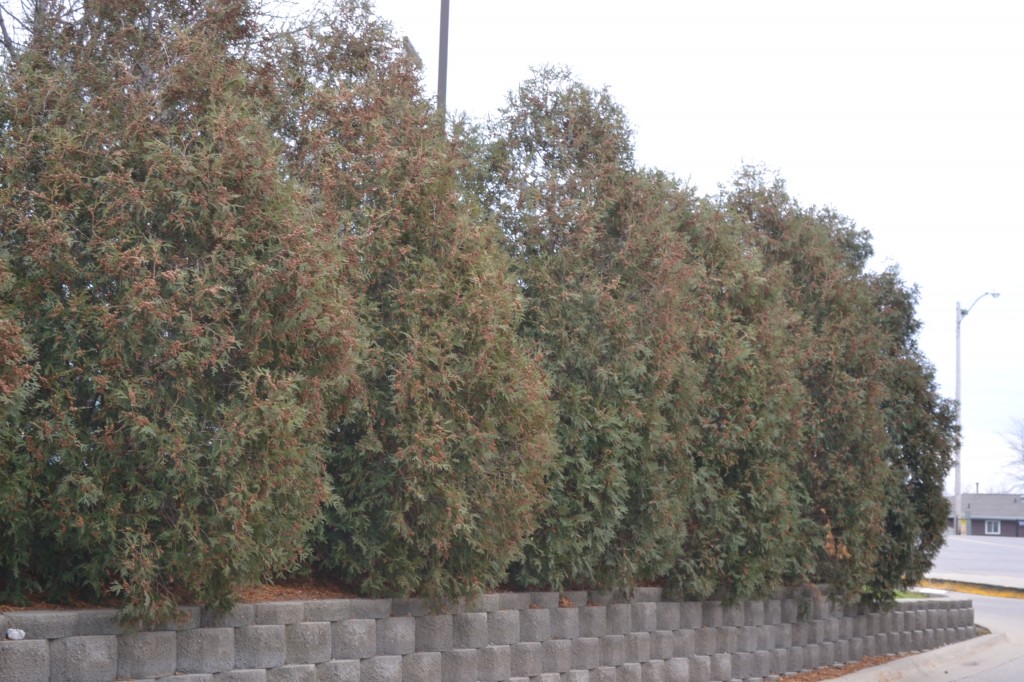Privacy landscaping can reduce your exposure from unwanted on looker’s. Most privacy landscaping is done through the use of fencing or plant screens. Plant screens are a natural way to block the view of your property. There are many different varieties of trees and shrubs that you can use to screen your home. The type of plants that you select will be determined by the height of the screen that you are constructing. Other things to keep in mind when creating privacy landscaping are, set backs on property lines and height restrictions on plant material. When you create your privacy landscaping, make sure that you install your screen far enough back on the property line, so that it does not intrude when it is mature. Also keep in mind that some plants may out grow their desired planting area. Some trees and shrubs cannot be pruned back and still look natural.
Privacy landscaping ideas.
If you are looking to create a wind break on your property, you will most likely want to choose an evergreen tree. Evergreen trees such as Colorado Blue Spruce, White Pine, Black Hills Spruce and Norway Spruce all make great wind blocks. These trees can also provide privacy with the exception of the white pine.
If you are looking at creating a privacy landscaping between your home and your neighbors, there are many shrubs that can help. Techny Arborvitae is one of the most common shrubs used as a privacy screen in landscapes. The denseness and rapid growth of the Techny Arborvitae makes it a highly desirable selection. Other Arborvitae varieties such as Emerald Arborvitae make great privacy landscaping screens. Techny Arborvitae grows wider, while the Emerald Arborvitae grows narrower and upright. Flowering shrubs such as lilac and forsythia can also be used as privacy screens. Since these selections are deciduous, they will shed their leaves in the fall and expose your property over the winter months. If you want a year round privacy landscaping screen, then choose an evergreen.

